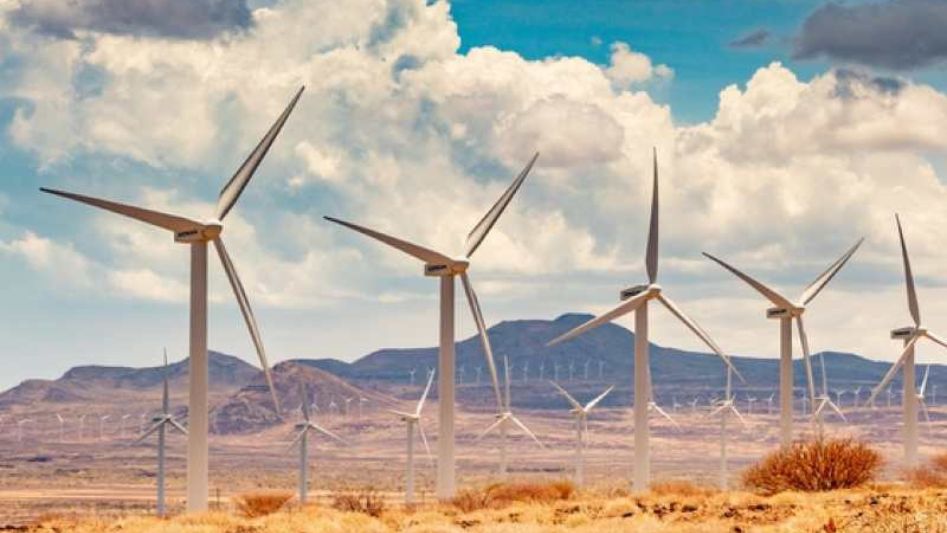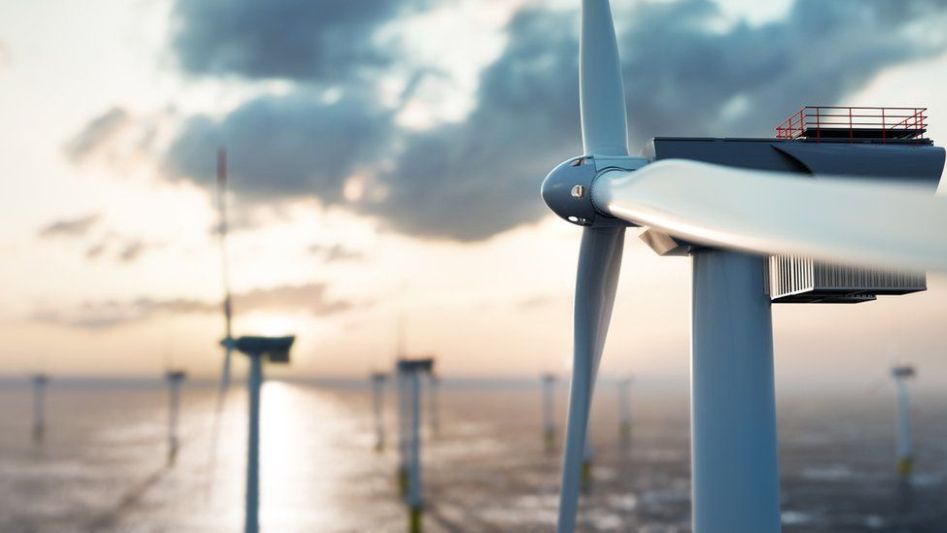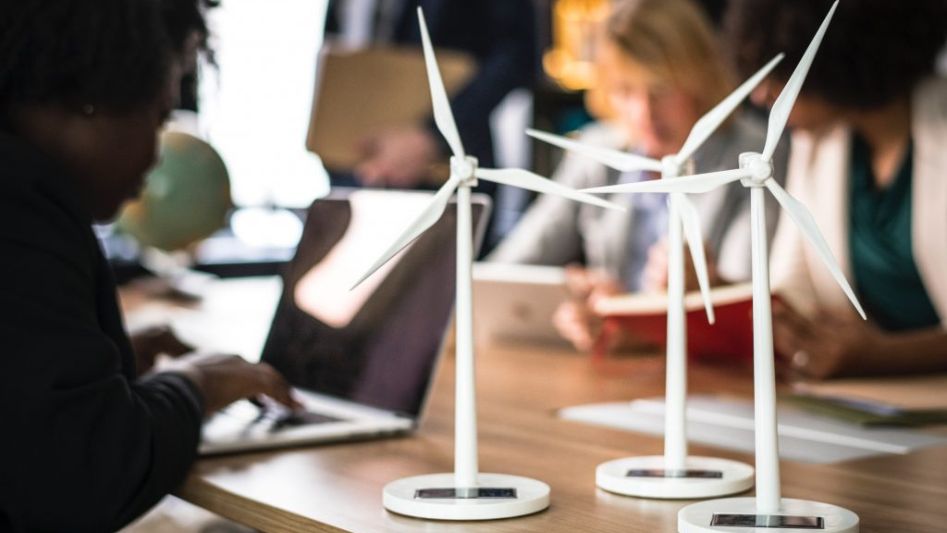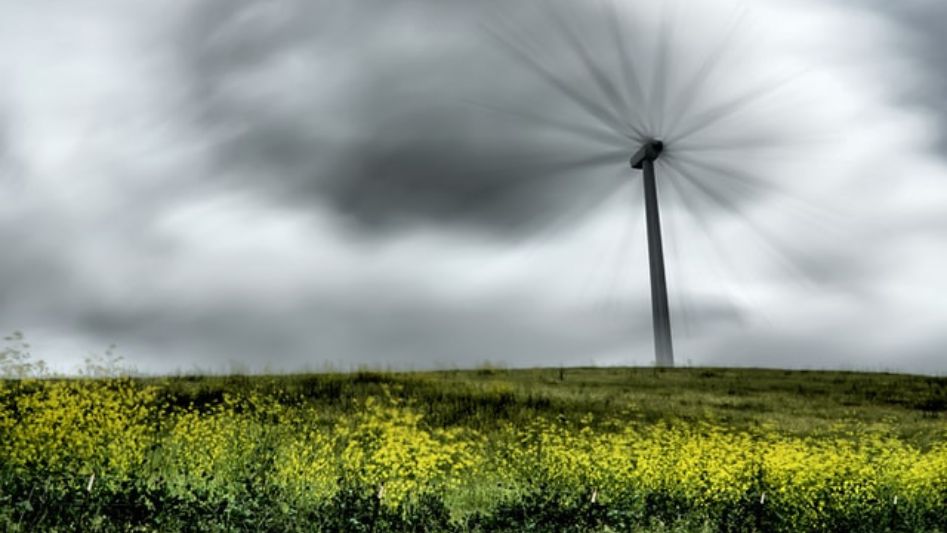As renewable energy sources gain prominence in the fight against climate change, wind power has emerged as a leading contender. Wind turbines, in particular, have become a familiar sight across landscapes, generating clean and sustainable electricity. However, like any transformative technology, wind turbines are not immune to misconceptions and myths. In this article, we aim to debunk common misconceptions about wind turbines and shed light on their true potential and benefits.
Table Of Content
We invite you to read: “From Sunlight to Wind: The Green Energy Duo – Solar Panels and Wind Turbines”

Myth 1: Wind turbines are inefficient and unreliable.
Contrary to popular belief, wind turbines are highly efficient and reliable sources of energy. Technological advancements have significantly improved their efficiency, with modern turbines converting wind into electricity at an impressive rate. Additionally, wind is a renewable resource that is available in abundance, making it a reliable source of energy. While wind speeds may vary, wind farms are strategically located in areas with consistent and sufficient wind resources, ensuring a reliable energy supply.
Myth 2: Wind turbines are harmful to wildlife.
Concerns about the impact of wind turbines on wildlife, particularly birds and bats, have been raised. However, studies have shown that properly sited wind farms have minimal impact on wildlife populations. Developers and environmental experts carefully assess potential locations to minimize risks to bird migration routes and nesting grounds. Moreover, ongoing research and technological innovations aim to further mitigate any potential risks to wildlife.
Myth 3: Wind turbines are noisy and disruptive.
Another common myth is that wind turbines generate excessive noise, causing disturbances for nearby communities. However, modern wind turbines are designed with noise reduction features and are subjected to strict noise regulations. The noise levels produced by wind turbines are comparable to background noise in rural areas, and any sound is typically masked by natural wind sounds. Proper planning and siting of wind farms also help to minimize potential disruptions to communities.
We invite you to read: “Dutch Takes Unprecedented Step to Protect Migratory Birds, Halts Offshore Wind Turbines”

Myth 4: Wind power is expensive.
In the past, the initial investment and infrastructure costs associated with wind power were high. However, as technology has advanced and economies of scale have been realized, the cost of wind energy has significantly decreased. Wind power has become one of the most cost-effective forms of electricity generation. Additionally, unlike conventional energy sources, wind energy is not subject to price fluctuations in fuel markets, providing long-term stability and cost savings.
Myth 5: Wind turbines have a negative impact on property values.
There is a common misconception that wind turbines reduce property values in their vicinity. However, studies conducted in various regions have consistently shown that wind farms do not have a detrimental effect on property values. In some cases, wind farms have even had positive effects on local economies by providing additional income to landowners and communities through lease agreements and tax revenues.
Myth 6: Wind turbines are an eyesore.
Some individuals believe that wind turbines are unsightly and detract from the beauty of landscapes. However, aesthetic preferences are subjective, and many people find wind turbines to be elegant and symbolic of clean energy. Additionally, the visual impact of wind farms can be mitigated through proper siting, landscaping, and community engagement, ensuring that they coexist harmoniously with their surroundings.
We invite you to read: “Vertical Axis Wind Turbines: An Alternative to Traditional Wind Turbines?”

Conclusion
Wind power, harnessed through wind turbines, offers significant economic benefits and plays a crucial role in transitioning to a sustainable energy future. By debunking common misconceptions surrounding wind turbines, we can better appreciate their efficiency, reliability, and positive impact on the environment. Wind power is a vital component of our renewable energy mix, contributing to reduced greenhouse gas emissions and a cleaner, greener planet.
FAQs
Are wind turbines noisy?
Modern wind turbines are designed with noise reduction features and comply with strict noise regulations, resulting in minimal noise levels comparable to background noise in rural areas.
Do wind turbines harm wildlife?
Properly sited wind farms have minimal impact on wildlife populations. Developers conduct thorough assessments to minimize risks to bird migration routes and nesting grounds.
Is wind power expensive?
With advancements in technology and economies of scale, wind power has become one of the most cost-effective forms of electricity generation, offering long-term stability and cost savings.
Do wind turbines reduce property values?
Studies have consistently shown that wind farms do not have a detrimental effect on property values and, in some cases, can provide additional income to landowners and communities.
You May Also Like
- The Pros and Cons of Vertical Axis Wind Turbines
- Harnessing the Wind: An Introduction to Wind Turbines and Wind Energy
- The Benefits of Implementing Vertical Axis Wind Turbines Offshore
- The Science Behind How Wind Turbines Generate Electricity
- Small but Mighty: How Vertical Axis Wind Turbines are Making a Big Impact in Cities

